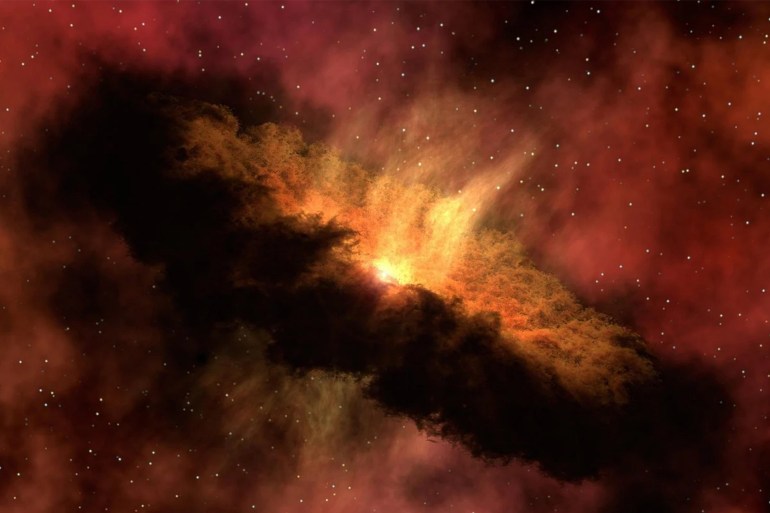In addition to its beautiful shape, and the huge amount of data it provided to scientists, the new images of the "James Webb" space telescope have prompted the attention of a team of researchers to question the origin of the universe, and how it began in the first place.
The prevailing theory about the emergence of the universe is the Big Bang, which says that about 13.8 billion years ago, the universe originated from a single point of very hot and dense density, and then expanded with time to make everything in this universe of galaxies and stars inside.
no start
But Eric J. Lerner, an American physicist and science writer, promotes the theory that astronomical evidence says that the Big Bang did not occur before this period. Calculations say that after the Big Bang, it would have taken more than 500 million years for galaxies to begin to form. However, astronomical images say that the first galaxies actually appeared less than 500 million years after the Big Bang.
James Webb's images come to deepen these questions, because the telescope, which was launched in December 2021 into space, captures images in the infrared range, and we usually get light from the most distant galaxies in the universe in the infrared range, which means that "James Webb" Webb will take more pictures of the depths of the universe than its predecessor, the Hubble telescope.
American physicist Robert Sheldon believes that the Big Bang contributed to the production of abundant amounts of carbon and oxygen (Pixabay)
But Lerner's hypothesis did not stand up to astronomers' scrutiny, although the 75-year-old physicist is still convinced that his theory is correct.
The water was the beginning
On the other hand, Robert Sheldon, another American physicist who received a doctorate from the University of Maryland, USA, and in a study recently published in the "Communications of the Blythe Institute", believes that galaxies may have arisen earlier than he thought. former scholars.
Sheldon believes that the Big Bang contributed to the synthesis of abundant amounts of carbon and oxygen, and fused with hydrogen to form water, which contributed to the cooling of the universe relatively early, allowing the rapid formation of galaxies.
The prevailing physical theory holds that the first galaxies were due to the attraction of stars to each other due to the laws of gravity, but Sheldon's hypothesis says that the attraction was due to chemistry, in the same way that snowflakes clump.
what's the problem?
Although these two hypotheses are very strange, and do not find much acceptance in the scientific community, the problem still exists, as physicists face several problems in understanding the nature of the origin of the universe, as the current physical hypotheses are not sufficient to explain the Big Bang.
With every new data we get about this universe, the number of questions Pixabe asks increases.
Even some physicists, in order to overcome this problem, relied on the hypothesis that the Big Bang was not the beginning of the universe, but was a point of contact between two universes.
Another group of string physicists believes that the Big Bang occurred due to the contact of two membranes in higher cosmic dimensions, but on the whole, these hypotheses do not find themselves experimental evidence.
It also baffles scientists that they do not understand the composition of this universe only about 5%, which represents all that we know of matter, in smart phones, cars, our bodies, stars or galaxies.
The rest, about 95%, are what scientists call dark energy and matter, entities we don't know anything about.
It seems, then, that with every new data we get about this universe, the number of questions being asked increases, and the number of answers reduced as well.

